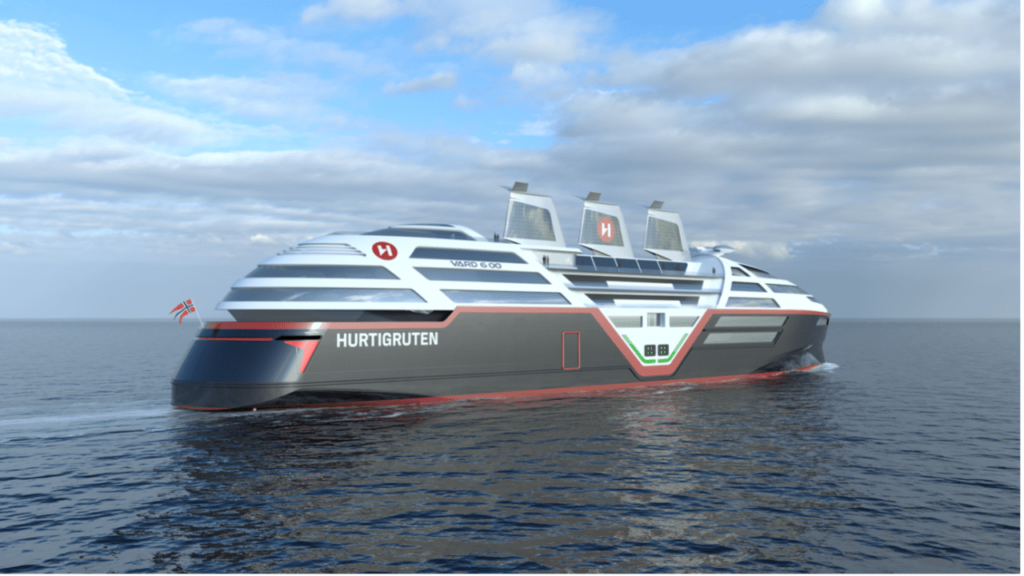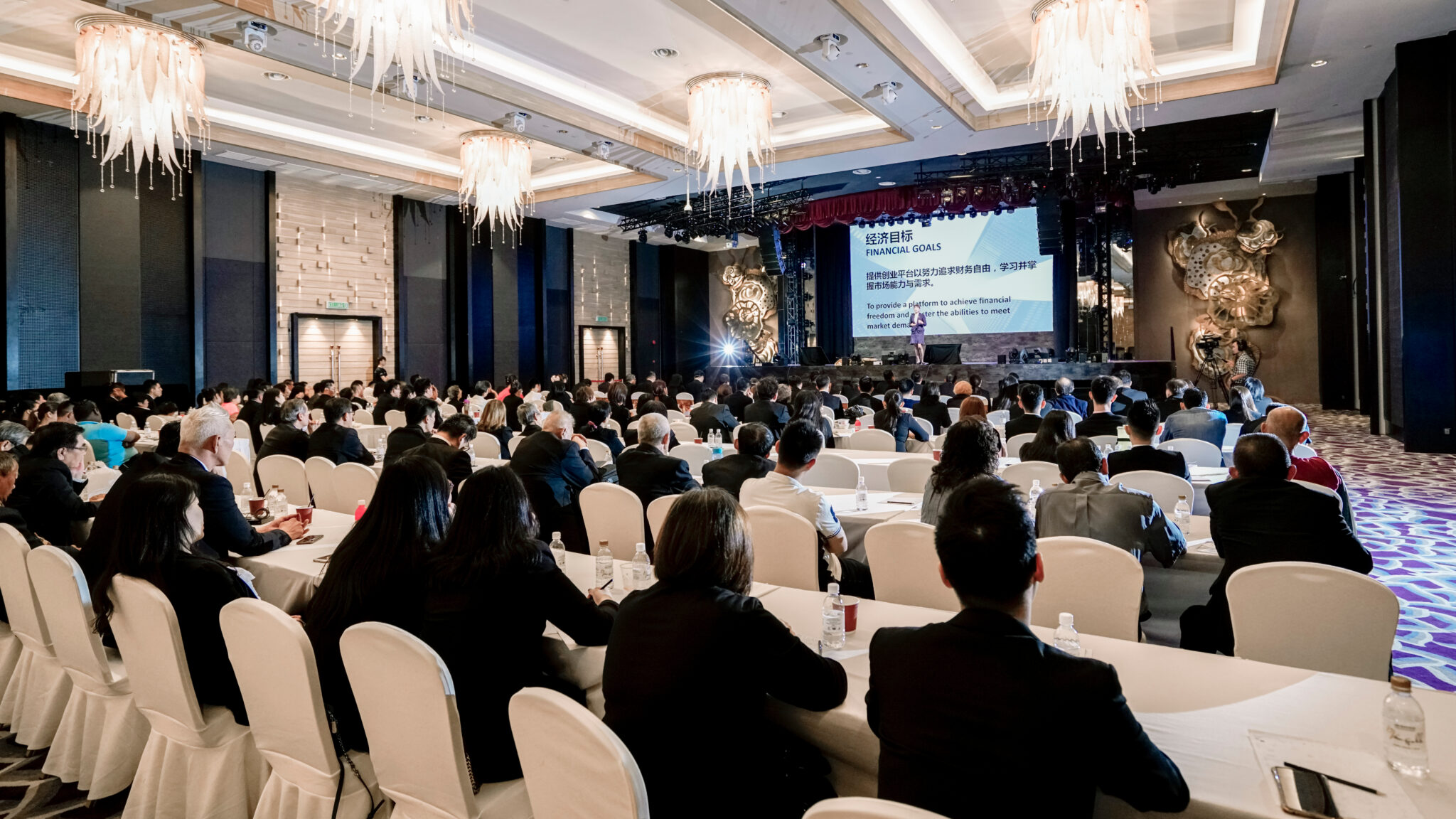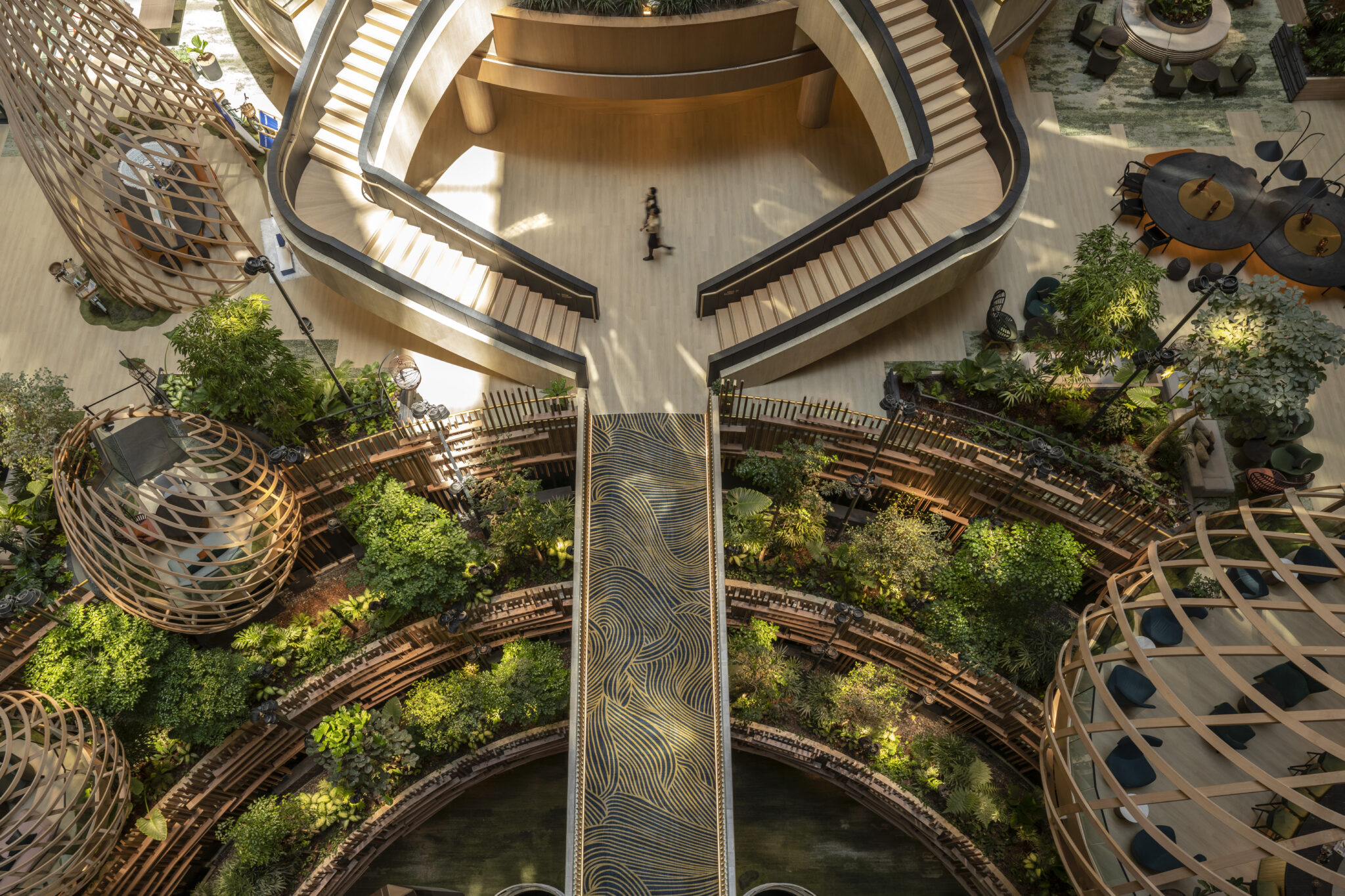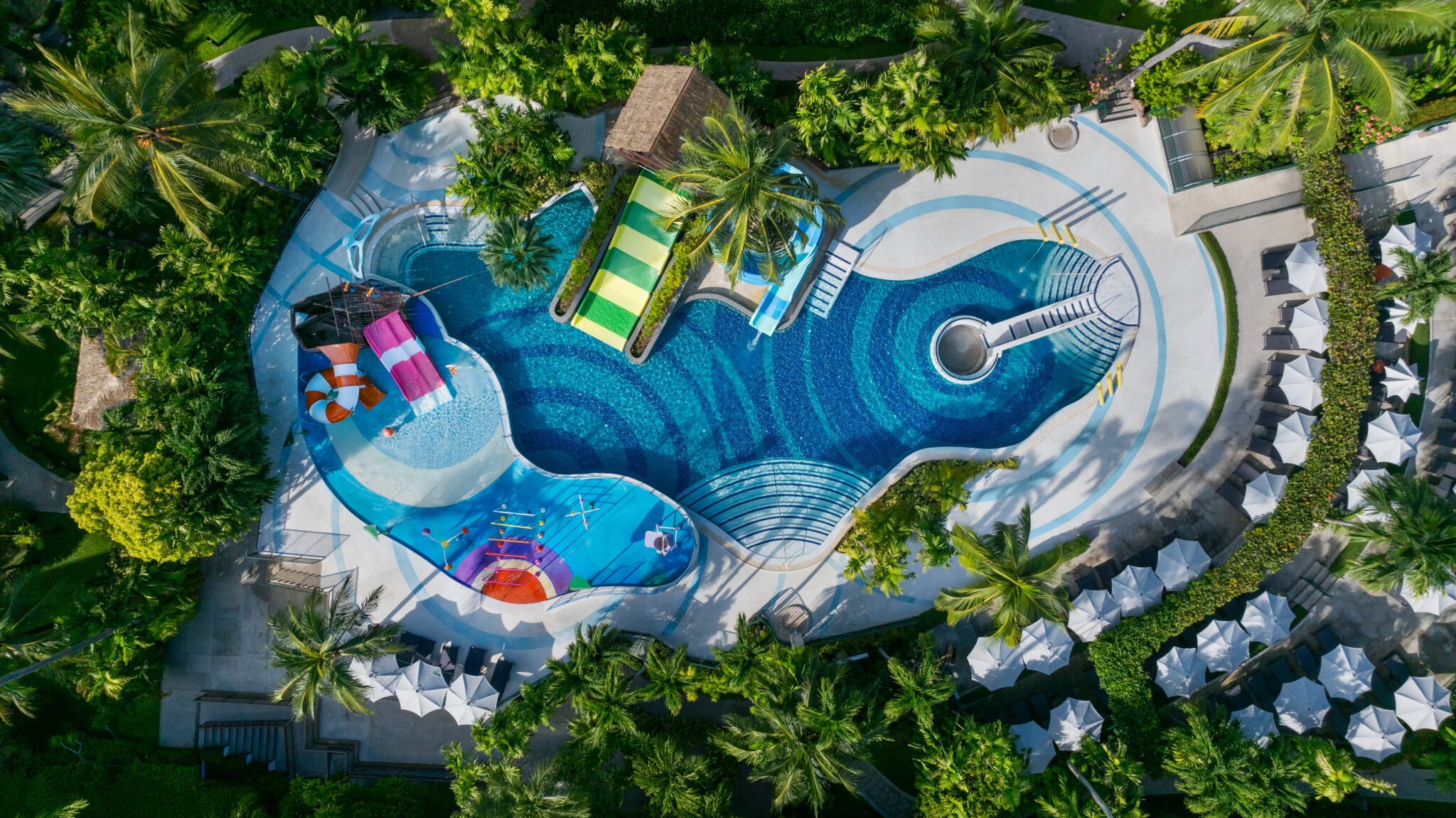
Hurtigruten Norway intends to launch its first zero-emission cruise ship in 2030, eventually converting the entire fleet to run without emissions.
The new 500-passenger ship, codenamed Sea Zero, will be electric and powered by 60-megawatt batteries refuelled with energy obtained from renewable sources while berthed in port. In addition, the 135-metre-long yacht will include 164-foot retractable sails with solar panels, contra-rotating propellors, several retractable thrusters, and an artificial intelligence-powered manoeuvring system.
Hurtigruten Norway will be able to drastically reduce the size of the ship’s navigation bridge thanks to the new AI manoeuvring system. At the same time, insights from the data it creates will assist in enhancing docking procedures. Meanwhile, the vessel’s streamlined design will reduce air resistance and energy consumption, increasing passenger comfort.
There will be 270 cabins, public cabins with large windows, and plenty of outdoor space onboard. Guests can control their cabin ventilation system and measure their water and energy use aboard the ship using an interactive smartphone application.
“We faced the challenge of not knowing which technologies would be available to us in 2030 when we first announced the Sea Zero project over a year ago,” said Hedda Felin, CEO of Hurtigruten Norway. “Our task was to pave the way for innovations while improving existing ones to align with our sustainability goals.” While some of these technologies are rather sophisticated, they require dedicated research and development to enable their adoption in the marine setting.
“However, certain technologies are still in their early stages and require fundamental research and extensive testing.” Following a thorough feasibility assessment, we identified the most promising technology for our cutting-edge future cruise ships. Within a few years, we intend to provide a ship that outperforms all others regarding energy efficiency and sustainability.”
Hurtigruten Norway is also embarking on “one of the most extensive environmental upgrades in European maritime history,” according to the company. It has converted two of its current vessels to battery hybrid power, and a third will be upgraded this autumn. It is also outfitting five vessels with various technology to reduce carbon dioxide emissions by 25% and nitrogen oxide emissions by 80%.







